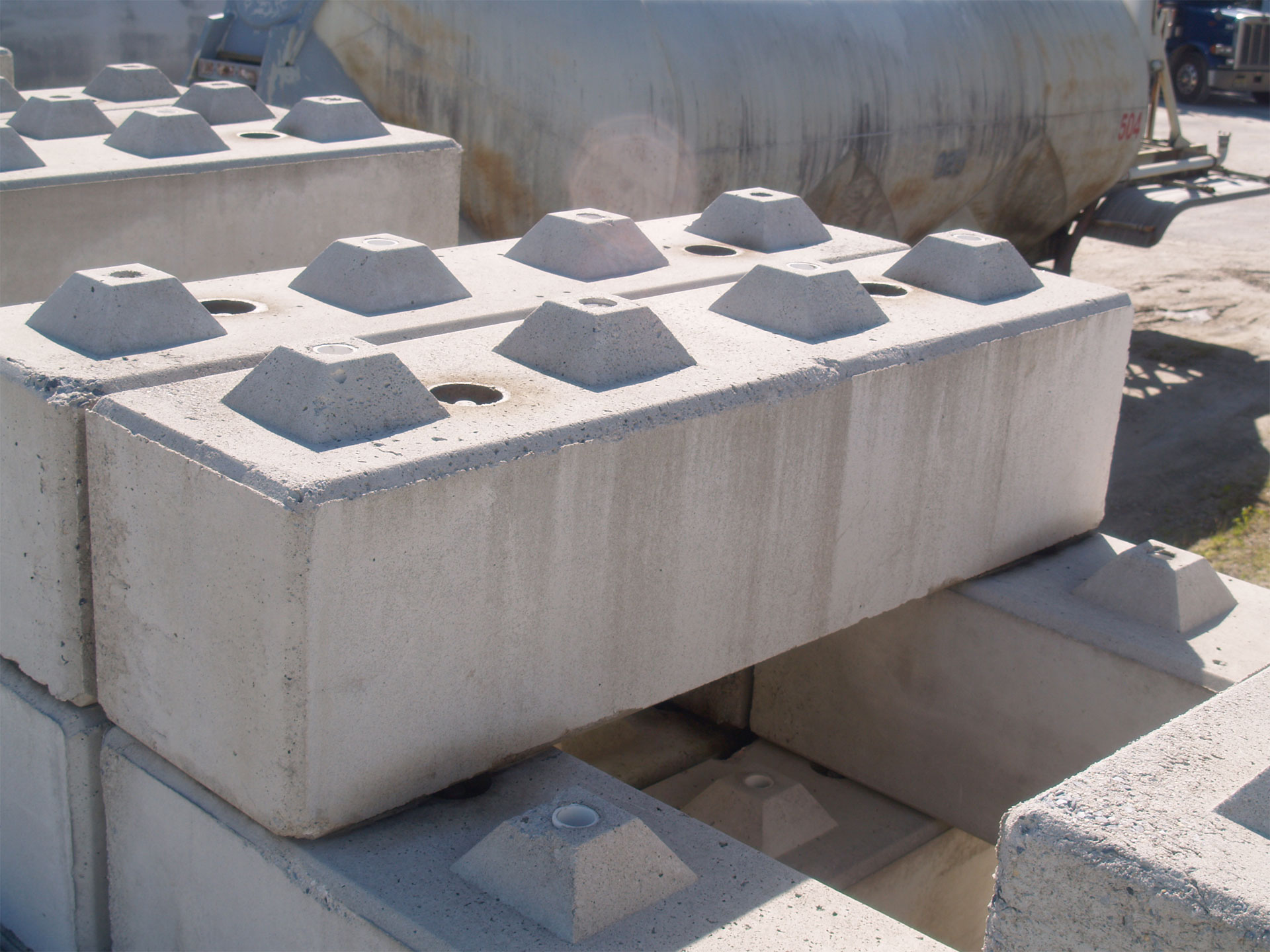I am posting after seeing another thread about using bin blocks for permanent home construction. I wanted to see if I might get a bit more feedback.
This is a Bin Block. They can be purchased in 2'x2'x6' sizes, or I could buy a mold and cast my own... Height: 1 foot 11 5/8 inches, Depth: 11 13/16 inches, Width: 7 feet 10 31/64 inches. These molds come with a panel that allows for creating half blocks. They make a shorter block as well. I think I could create blocks that would allow for making window openings. I am guessing that in NE Ohio that using these, you would still need to use EPS foam board to insulate one side or the other to be at the rated R-value for building codes. You obviously could not run anything inside of a block, unless you cast space inside it to do so. Anything else that comes to mind? It would save all of the labor involved in masons building perfectly pointed CMU walls to do this. On a structure this size that is maybe more than 50K. MY only construction experience was working with a landscape architect, building retaining walls.... lol.

This is the concept of the building. It is one story, 10' tall, has a flat roof, and the front is a glass wall room. I am thinking about how easy it would be to stack these up to create the outer walls of the back half of the house.

This is an outside view from the back.

The front.












